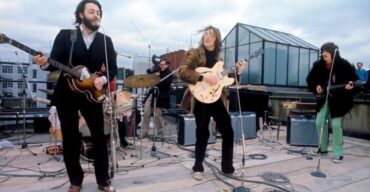As technology races forward, younger generations might find it amusing or even bewildering to encounter some of the features common in older cars.
These quirky attributes, once deemed cutting-edge, now seem like relics of a bygone era.
From rolling down windows manually to struggling with stick shifts, here’s an exploration of twelve old car features that might leave the young ones scratching their heads.
1. Manually Rolling Down Windows
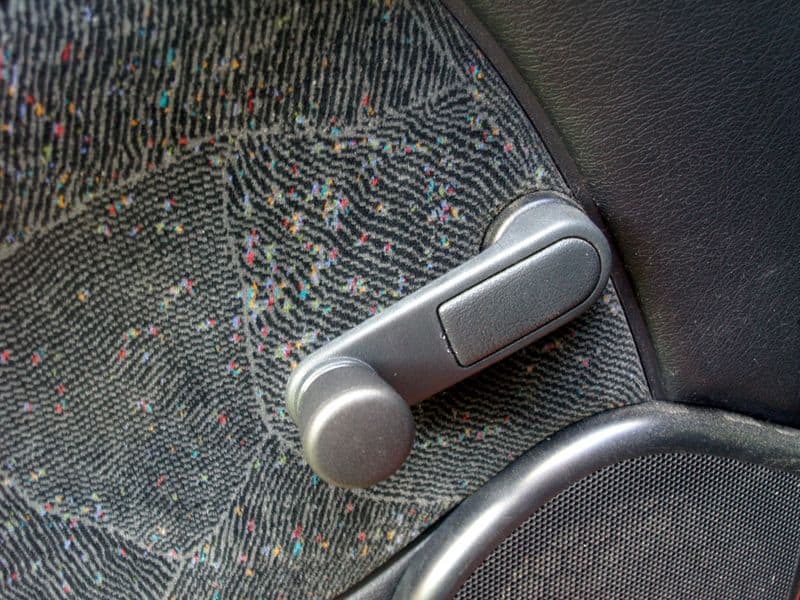
Picture this: wanting fresh air and using more than a button! Manually rolling down windows required cranking a handle round and round.
It was an arm workout every time you craved a breeze. Imagine the struggle in a car wash or when it began to rain unexpectedly.
Multi-tasking while adjusting the window height was an art. Today, it seems like an exercise regimen, but back then, it was standard.
The simplicity of a single crank was both a challenge and a charm, leaving you with toned arms and an open-air driving experience.
2. No Screen
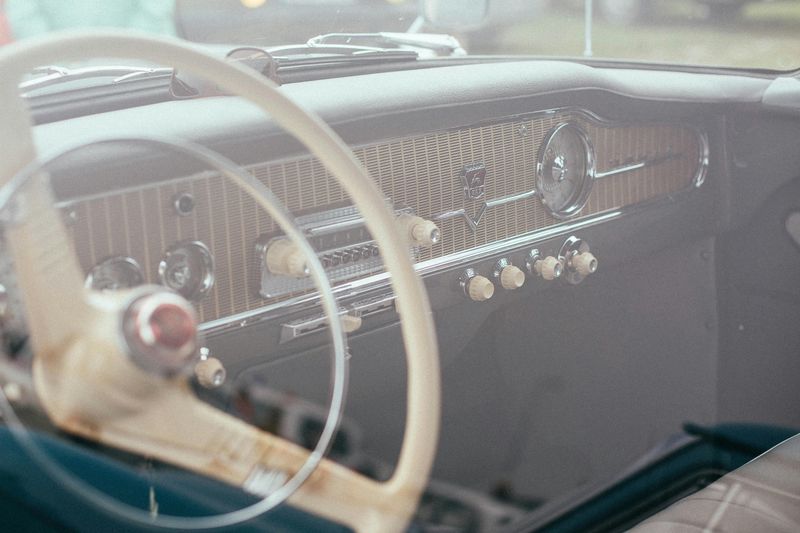
Cars used to be screen-free zones, with all attention on the road. No touchscreens or digital displays, just analog dials and buttons. It was all about the feel—the tactile satisfaction of turning knobs.
Navigation involved actual maps, not GPS! The lack of screens meant fewer distractions but also less convenience.
Young drivers today might feel lost without their digital companions, but those times encouraged real-world skills.
Looking back, it was a simpler era, where driving was about the journey and not the digital interface.
3. Real Keys
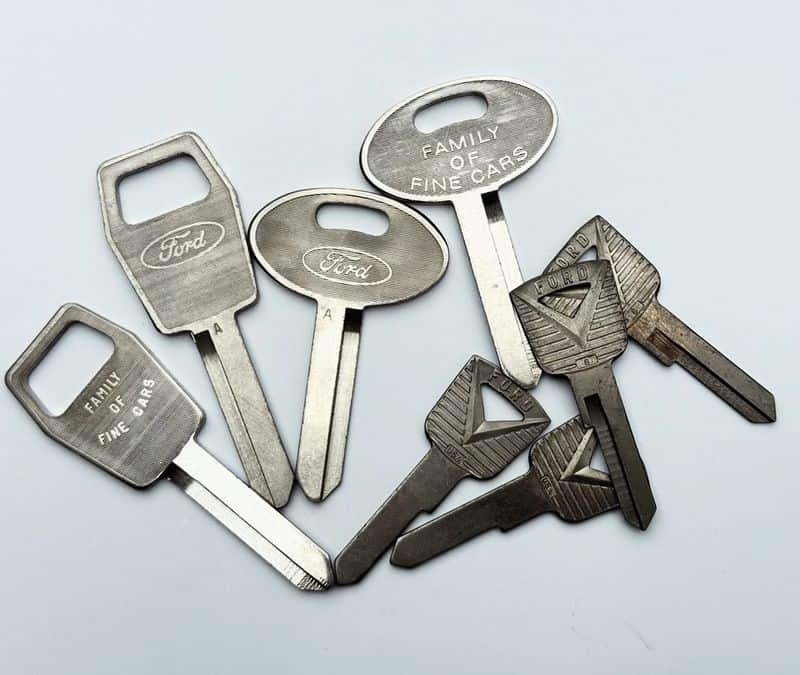
Remember the satisfying clink of real keys in the ignition? Starting a car meant inserting and turning a metal key. It was a ritual, a connection between driver and machine.
No key fobs or push buttons—just the solid assurance of metal. Locking and unlocking doors required precision and often, a bit of jiggle. It was an art form, a tactile experience.
Younger generations might miss out on the joy of this mechanical engagement, where every start felt like turning the page of a good book.
4. Removable Stereos
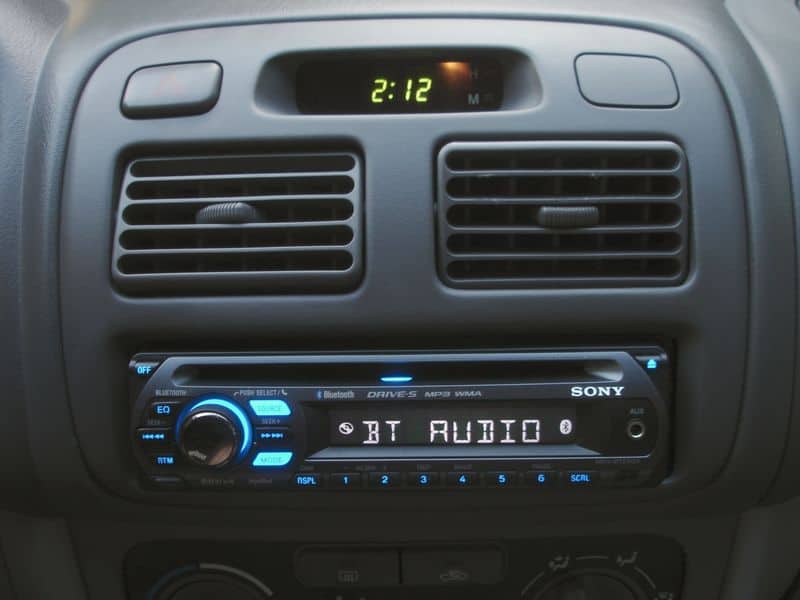
Back in the day, car stereos were precious enough to be removable. Theft was a concern, so taking your stereo with you was common practice. Imagine unplugging your music system each time you parked!
It added a layer of security and a dash of inconvenience. Yet, it was a badge of pride to have your music on the go.
Today’s seamless connectivity might seem like magic, but the removable stereo era had its own rhythm, a dance of plugs and wires, reflecting a time when music truly traveled with you.
5. Cigarette Lighters and Ash Trays
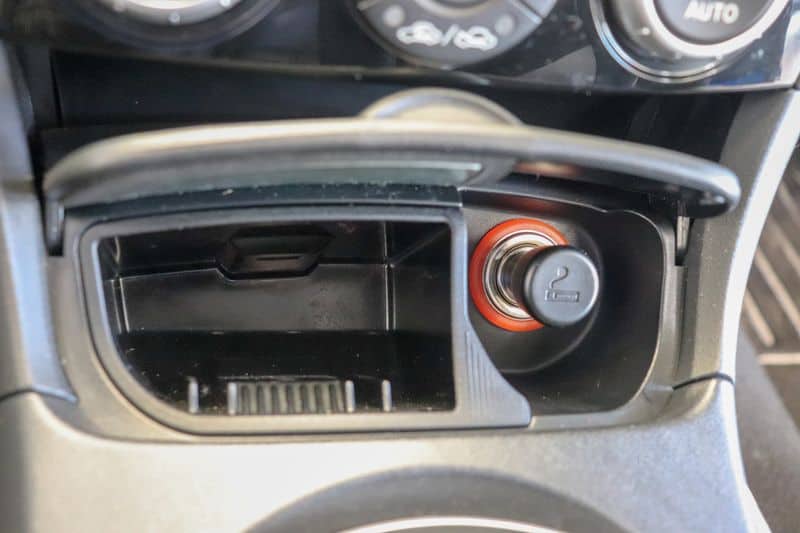
Cigarette lighters and ash trays were standard in cars, reflecting a time when smoking was more common. These little fixtures were as familiar as cup holders.
Lighters doubled as charging ports, a multipurpose gadget! Ash trays held more than just ashes—loose change and random bits often found a home there.
For non-smokers, these features might seem odd relics. But they were part of automotive charm, a glimpse into everyday lives where cars were mini living spaces.
Today, they evoke nostalgia for some and puzzlement for younger folks.
6. Vent Windows
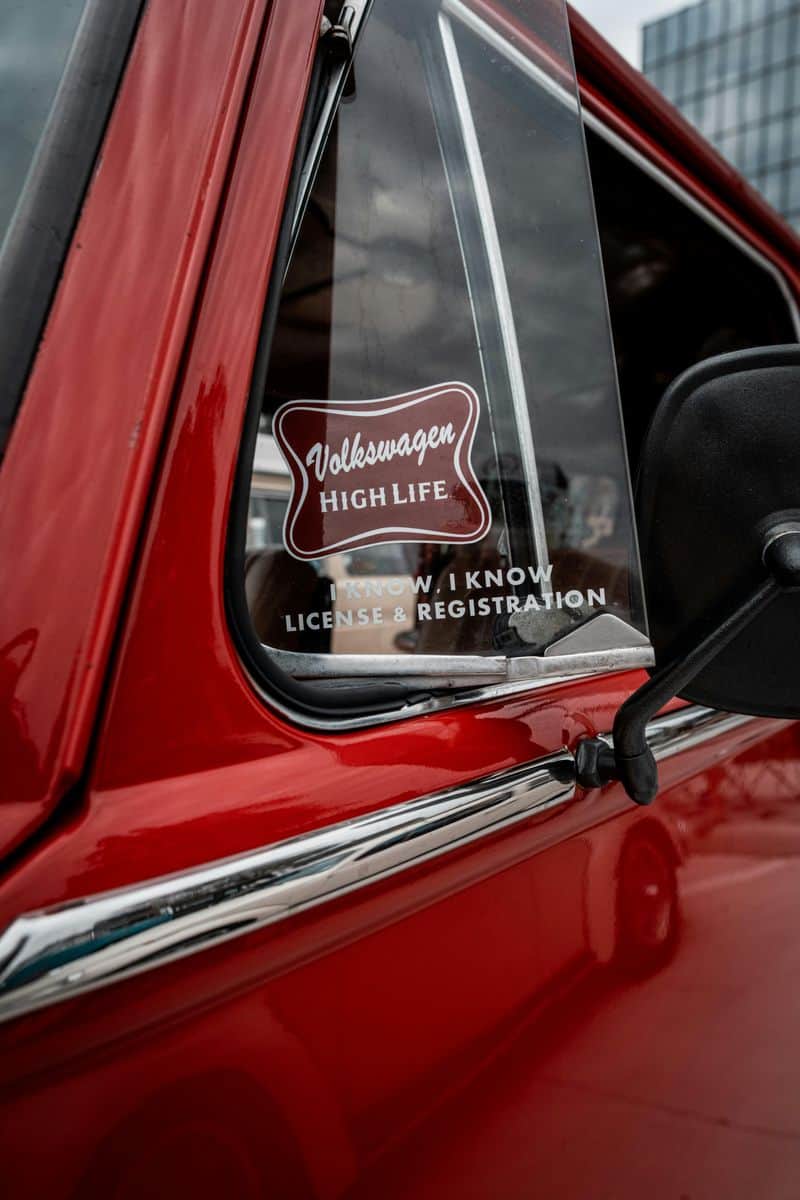
Vent windows were tiny, triangular wonders! These mini windows could be angled to direct airflow without opening the main window.
They were a favorite for smokers and those wanting a breeze without a gale. Operated by a swivel, they offered adjustable comfort.
Younger generations, used to full window controls, may find vent windows an oddity. Yet, they were ingenious solutions for climate control.
In their prime, they added style and function, offering a quaint charm that combined functionality with a bit of rebellion against stuffy interiors.
7. Hand-Pulled Choke Knobs
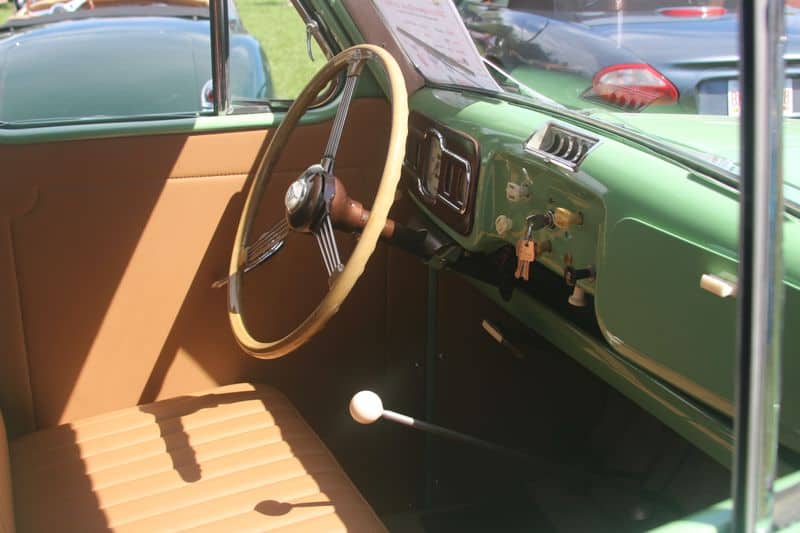
Starting a car often involved pulling a choke knob, a ritual lost to modern engines. This manual control adjusted the air-fuel mix for cold starts.
It was a delicate balance, requiring knowledge and a bit of patience. New drivers might find it perplexing, but there was a satisfaction in getting it just right.
It was a rite of passage for many, a testament to understanding your car’s needs. Today, it’s a quaint memory, a nod to when driving meant mastering the machine, not just steering it.
8. Manual Door Locks

Locking your car once required a manual push or pull. Each door had its own lock, demanding a routine of checking and double-checking. Forgetting to lock one door could mean a long walk back.
Keyless entry has made this a forgotten hassle, but there was an intimacy in physically securing your ride. Younger generations may find this approach tedious, but it taught responsibility and attention to detail.
Amidst the digital ease of today, manual locks remain a nostalgic nod to personal accountability in car ownership.
9. Cassette and CD Player
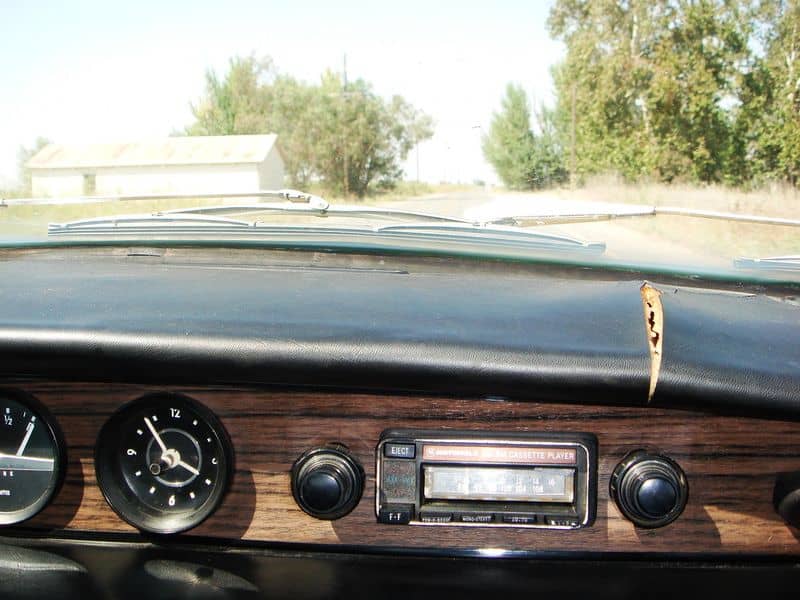
Entertainment meant loading cassettes or CDs, a tactile joy now replaced by digital playlists. The satisfying click of inserting a tape or disc was part of the driving experience.
It required a collection—music was a physical treasure to carry. Younger generations might view this as cumbersome, but it was a thrill to flip to the next track manually.
Playlists were personal, curated with care, not algorithms. It was a time when music choices reflected personality, and changing tracks involved a bit of effort, making every song more valued.
10. Handbrakes (The Non-Button Kind)
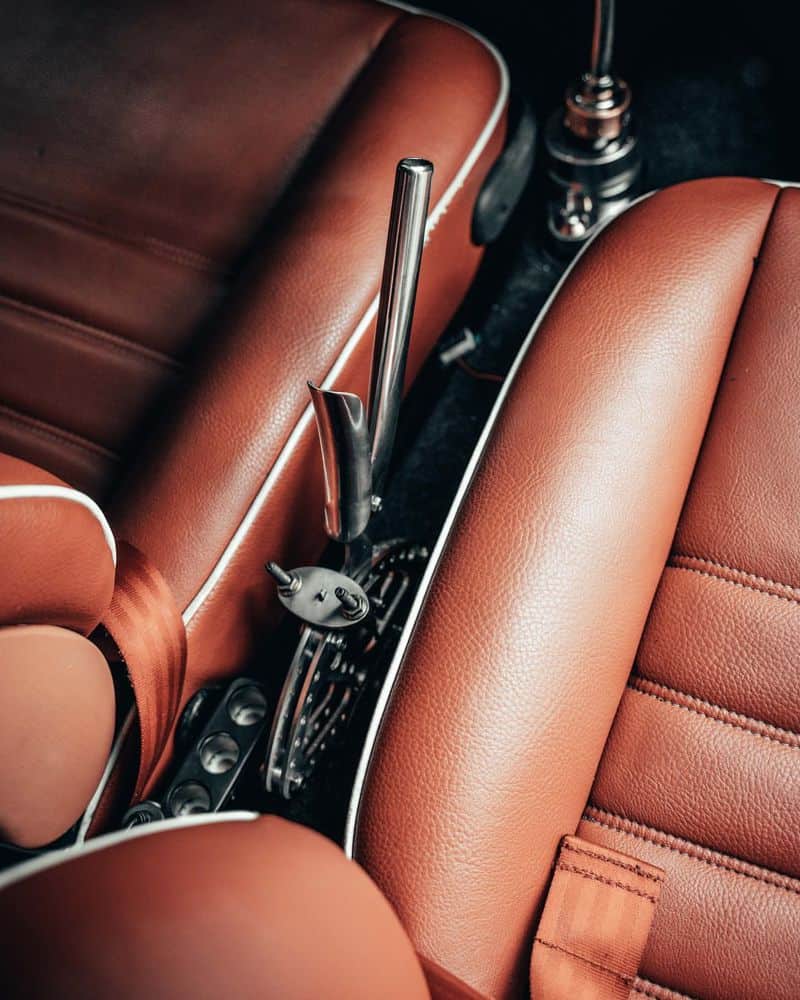
Traditional handbrakes were levers, requiring a firm pull to engage. They offered a mechanical reassurance that buttons lack.
For young drivers, accustomed to electronic brakes, these represented the tactile connection to control. It was more than a safety feature—it was part of the driving ritual.
The pull of a handbrake was a signal, a pause before departure. Today’s ease may seem superior, but the old handbrakes taught precision and strength.
They are memories of when driving was an interaction with machinery, a dance of gears and levers.
11. Car Phone
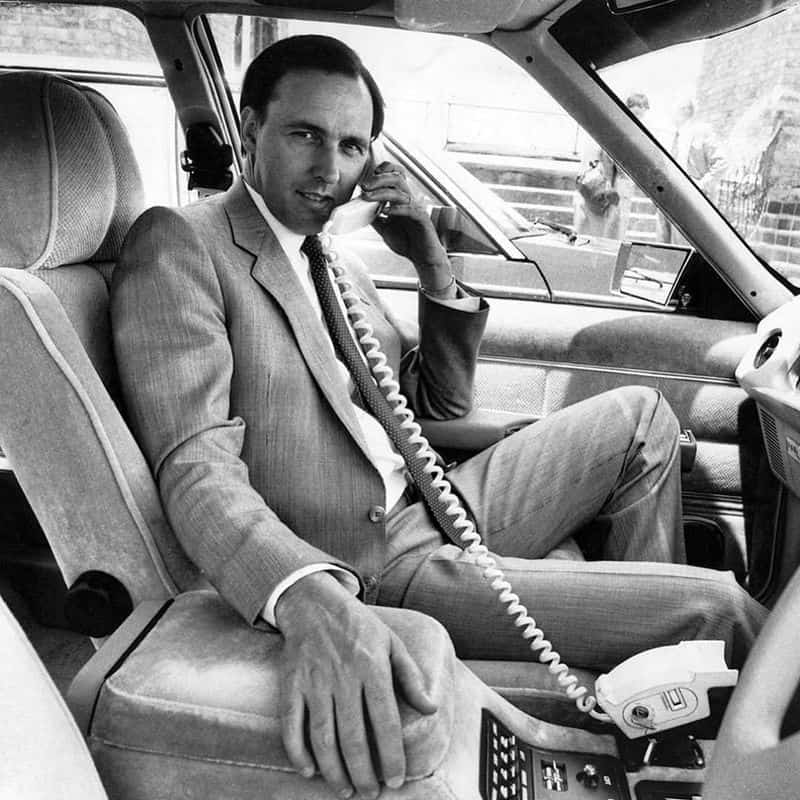
Car phones were the epitome of luxury, a mobile communication marvel. Large and clunky, they were symbols of status and technology.
Making a call required stopping the car and dialing—a far cry from today’s ease. For younger drivers, this seems like an archaic inconvenience.
Yet, it was a glimpse into the future, a stepping stone to the connectivity we enjoy now. Car phones represented progress, a time when staying connected was becoming possible, albeit with effort.
They remain a symbol of technological evolution and aspiration.
12. Manual Transmission
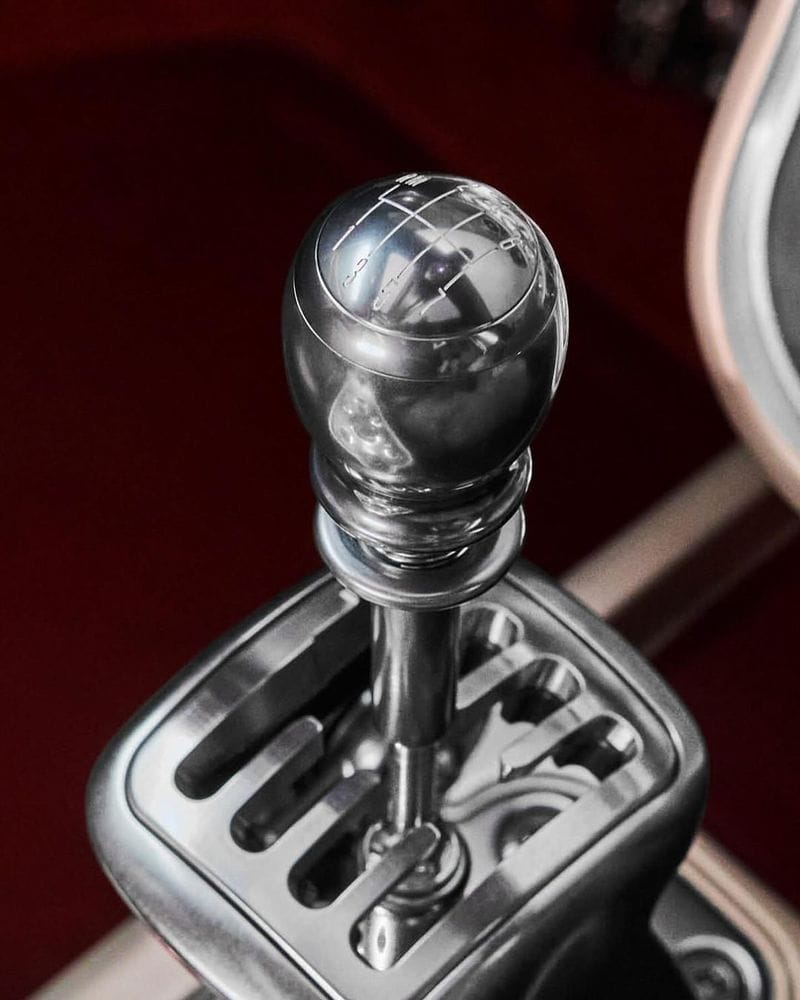
Driving a manual transmission was a skill, a dance between clutch and gear stick. It offered control over the car’s power, a precision lost in automatic transmissions.
For the uninitiated, it was a challenge, yet mastering it was rewarding. Younger generations might view it as unnecessary complexity, but it taught anticipation and engagement with the vehicle.
Shifting gears manually was about feeling the engine, understanding its rhythm. It was an art form, a connection to the craft of driving. Today, it’s a nostalgic nod to true driving.


